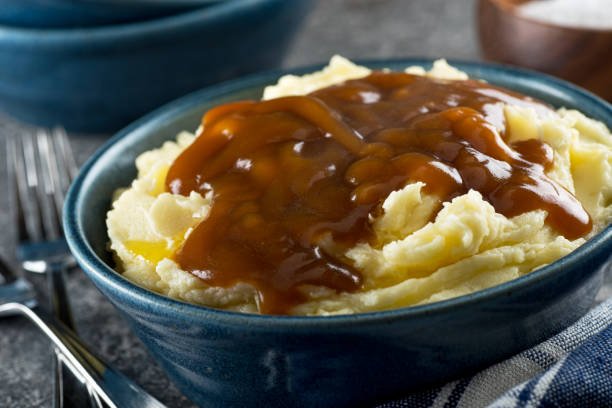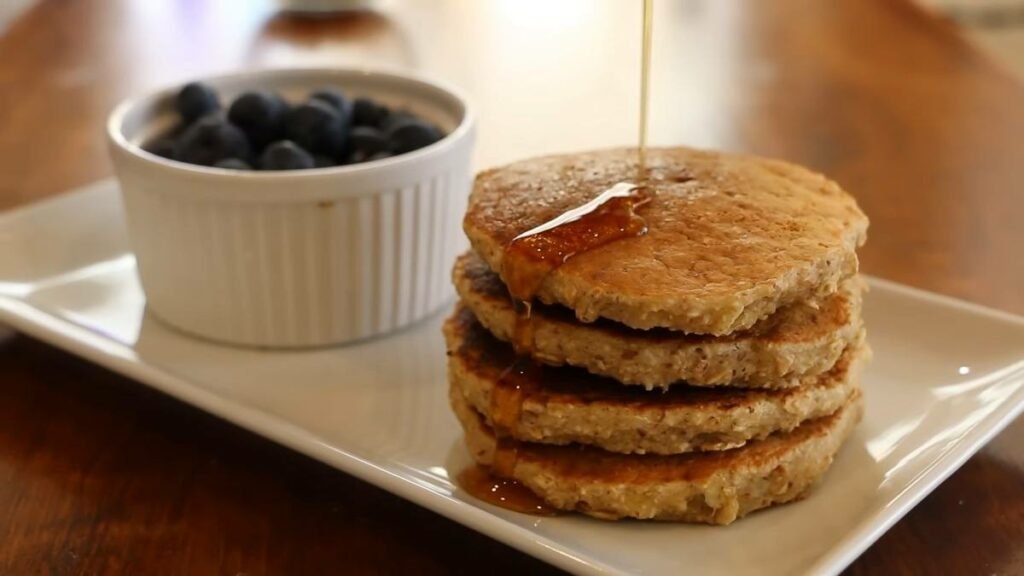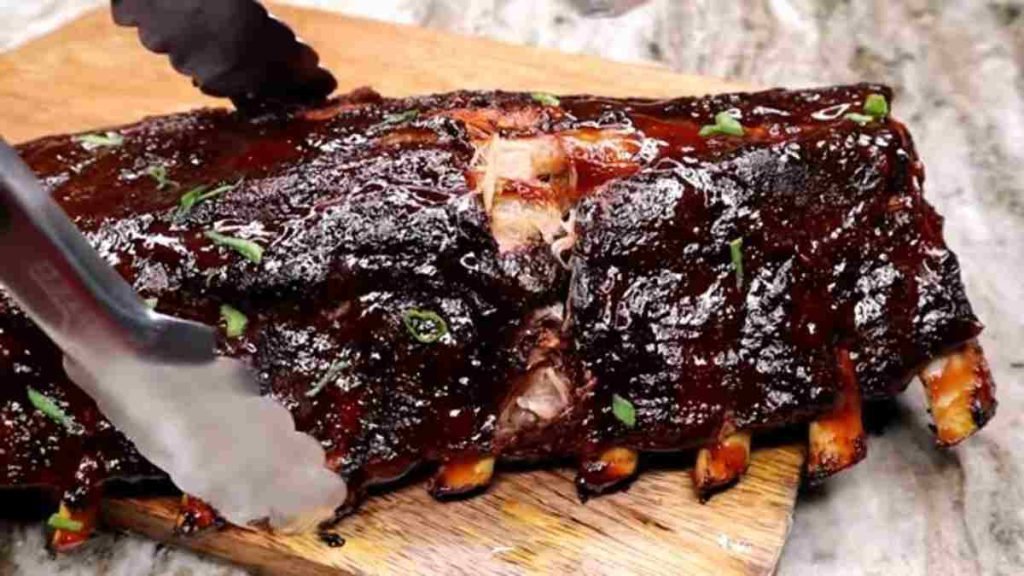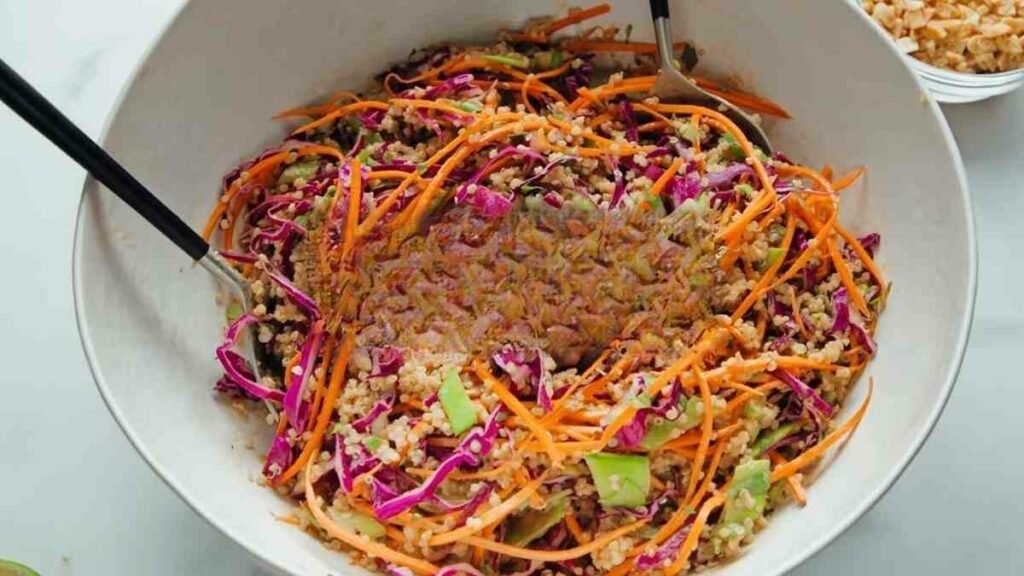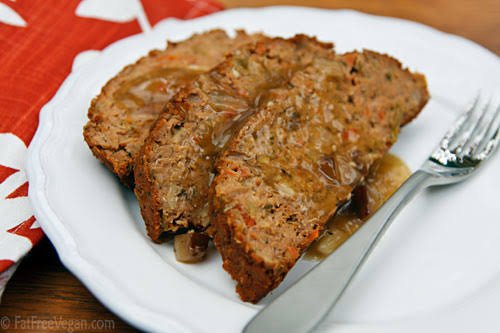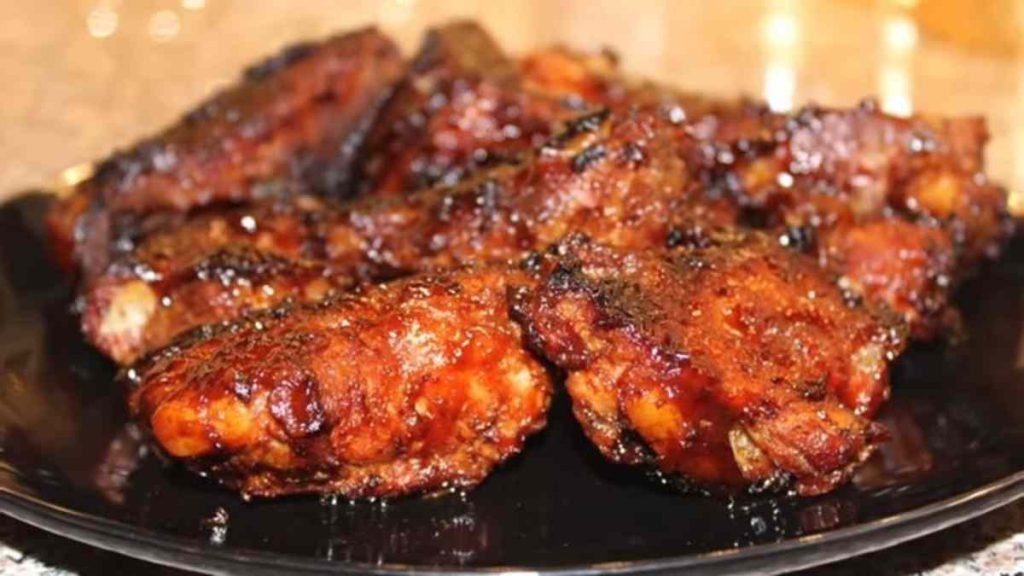Whether you’re a seasoned chef or an enthusiastic home cook, making spanakopita offers you a chance to connect with Greek heritage and explore the cooking flavours of the Mediterranean.
With its flaky layers and the mingling of spinach and feta, Spanakopita presents a perfect balance of textures and tastes that will undoubtedly leave an indelible mark on your culinary repertoire.
Spanakopita can be enjoyed as a main dish, served with a fresh salad, or as an appetizer, cut into bite-sized portions for gatherings and social events. Its portable nature makes it an ideal choice for picnics or potlucks, and it can even be enjoyed at room temperature, making it a convenient and delicious option for entertaining.
Ingredients For Spanakopita Recipe
To prepare the Spanakopita recipe, you will need the following major ingredients:
Phyllo Dough:
- 16 sheets of phyllo dough (approximately 12×18 inches in size)
- Olive oil or melted butter for brushing the layers
Spinach Filling:
- 2 pounds (900g) fresh spinach, rinsed and chopped
- 1 medium onion, finely chopped
- 3 cloves of garlic, minced
- 1 cup crumbled feta cheese
- 1/2 cup ricotta cheese (optional, for added creaminess)
- 1/2 cup fresh dill, chopped
- 1/4 cup fresh parsley, chopped
- 2 tablespoons olive oil
- Salt and pepper to taste
Seasonings and Flavor Enhancers:
- 1 teaspoon dried oregano
- 1/2 teaspoon ground nutmeg
- Zest of 1 lemon (optional, for a citrusy touch)
Brushing and Binding:
- Olive oil or melted butter for brushing the top layer
- 2-3 tablespoons breadcrumbs (optional, for added texture and to absorb excess moisture)
Step-by-Step Guide For Spanakopita Recipe Cooking Direction
Step-by-Step Cooking Directions for Spanakopita Recipe:
Preparing the Spinach Filling
- Heat 2 tablespoons of olive oil in a large skillet or pan over medium heat.
- Add the finely chopped onion and minced garlic to the pan. Sauté until the onions become translucent and the garlic is fragrant.
- Add the chopped spinach to the pan and cook until it wilts down. This should take about 5 minutes.
- Remove the pan from heat and transfer the cooked spinach mixture to a colander. Allow it to cool for a few minutes, then use your hands to gently squeeze out any excess moisture from the spinach.
- Transfer the drained spinach to a large mixing bowl.
Flavouring the Spinach Filling
- To the bowl of spinach, add the crumbled feta cheese, ricotta cheese (if using), chopped dill, chopped parsley, dried oregano, ground nutmeg, and lemon zest (if desired).
- Season the mixture with salt and pepper to taste.
- Gently fold all the ingredients together until well combined. The filling should be flavorful and evenly distributed.
Preparing the Phyllo Dough
- Preheat your oven to 350°F (175°C).
- Lay out a clean, dry kitchen towel on your work surface. Place the stack of phyllo dough sheets on the towel to prevent them from drying out.
- Take one sheet of phyllo dough and place it on a baking sheet or work surface. Brush it lightly with olive oil or melted butter to prevent it from becoming too dry and brittle.
- Layer another sheet of phyllo dough on top and brush it with oil or butter. Repeat this process until you have used about half of the phyllo sheets, keeping the remaining sheets covered with the towel to maintain their moisture.
Assembling the Spanakopita
- Spoon the spinach filling along the long edge of the phyllo dough, leaving a small border around the edges.
- Carefully roll the phyllo dough over the filling, starting from the long edge, to create a long, stuffed log. Tuck in the edges as you roll to keep the filling secure.
- Place the rolled spanakopita log on a baking sheet lined with parchment paper or lightly greased.
- Repeat the process with the remaining phyllo sheets and spinach filling, creating additional spanakopita logs.
Baking the Spanakopita
- Brush the tops of the spanakopita logs with olive oil or melted butter to achieve a golden, crispy crust.
- Sprinkle breadcrumbs evenly over the tops of the logs to add texture and absorb any excess moisture.
- Using a sharp knife, gently score the top of each log into desired serving portions.
- Place the baking sheet with the spanakopita logs in the preheated oven and bake for approximately 30-35 minutes or until the phyllo dough turns golden brown and crispy.
Serving
- Once baked, remove the spanakopita from the oven and let it cool for a few minutes.
- Cut the scored portions to separate the individual servings.
- Serve the Spanakopita warm or at room temperature as an appetizer, side dish, or main course.
- Garnish with a sprig of fresh dill or parsley, if desired, and enjoy the irresistible flavours of this traditional Greek delicacy.
Equipment For Preparing Spanakopita Recipe
To make Spanakopita, you will need the following equipment:
- Mixing Bowl: A large mixing bowl is essential for combining the spinach filling ingredients and ensuring they are evenly distributed.
- Skillet or Pan: You’ll need a skillet or pan to sauté the onions, garlic, and spinach for the filling. Choose a pan that is large enough to accommodate the ingredients and allows for even cooking.
- Colander: A colander is useful for draining the cooked spinach, removing excess moisture from it before incorporating it into the filling. It helps prevent the Spanakopita from becoming too watery.
- Baking Sheet: A baking sheet is required for assembling and baking the Spanakopita. Choose a sheet with sides to prevent any filling from spilling over.
- Pastry Brush: A pastry brush is used to brush olive oil or melted butter onto the phyllo dough layers. It helps keep the dough moist and enhances its crispiness.
- Sharp Knife: You’ll need a sharp knife to cut the Spanakopita into individual servings before baking. It’s also useful for scoring the top of the dough to guide the cutting process later.
- Parchment Paper or Grease: Line your baking sheet with parchment paper or lightly grease it to prevent the Spanakopita from sticking and ensure easy removal after baking.
- Oven: An oven is required for baking the Spanakopita until it turns golden brown and crispy. Preheat your oven to the specified temperature before beginning the baking process.
Tips & Tricks for the Perfect Spanakopita Recipe
Tips and tricks to help you prepare delicious Spanakopita:
1. Thoroughly Drain the Spinach
After cooking the spinach, it’s crucial to drain it well to remove excess moisture. Squeezing the spinach gently with your hands or using a clean kitchen towel can help ensure that the filling is not too wet, which could result in a soggy Spanakopita.
2. Use Fresh Ingredients
Whenever possible, opt for fresh spinach, herbs, and quality feta cheese. Fresh ingredients impart vibrant flavours and contribute to the overall taste and texture of the dish. If fresh spinach is unavailable, you can use frozen spinach after thawing and draining it thoroughly.
3. Season Generously
Spanakopita benefits from robust seasoning. Don’t be shy with the herbs, spices, and cheese. The combination of dill, parsley, oregano, nutmeg, and lemon zest elevates the flavours, so be sure to incorporate them generously into the filling.
4. Brush Phyllo Layers Carefully
Phyllo dough can be delicate, so handle it with care. When brushing each layer with olive oil or melted butter, do so lightly and evenly to keep the dough moist without saturating it. This helps create flaky, crispy layers.
5. Keep Phyllo Covered
As you work with the phyllo dough, ensure that the remaining sheets are covered with a clean kitchen towel to prevent them from drying out. Dry phyllo dough can become brittle and difficult to handle.
6. Layer Evenly and Neatly
When assembling the Spanakopita, distribute the spinach filling evenly along the length of the phyllo dough. Roll the dough tightly and tuck in the edges to create a secure log. A neat and evenly filled Spanakopita ensures even cooking and a pleasing presentation.
7. Score Before Baking
Before baking the Spanakopita, lightly score the top of each log where you plan to slice it into individual servings. Scoring helps guide the cutting process after baking and prevents the phyllo dough from shattering.
8. Serve with Accompaniments
Spanakopita pairs well with various accompaniments, such as a fresh Greek salad, tzatziki sauce, or lemon wedges. These add refreshing elements that complement the savoury flavours of the dish.
9. Experiment with Variations
While the traditional Spanakopita recipe is delightful on its own, don’t be afraid to experiment with variations.
Additions like scallions, grated Parmesan cheese, or a touch of lemon juice can introduce new dimensions to the flavours and create your unique twist on this classic dish.
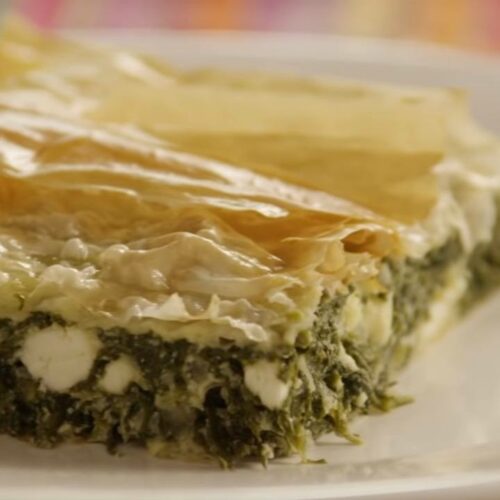
Equipment
- Mixing bowl
- Skillet or Pan
- Colander
- Baking sheet
- Pastry brush
- Sharp knife
- Parchment Paper or Grease
- Oven
Ingredients
- 16 sheets of phyllo dough (approximately 12×18 inches in size)
- 2 pounds (900g) fresh spinach, rinsed and chopped
- 1 medium onion, finely chopped
- 3 cloves of garlic, minced
- 1 cup crumbled feta cheese
- 1/2 cup ricotta cheese (optional, for added creaminess)
- 1/2 cup fresh dill, chopped
- 1/4 cup fresh parsley, chopped
- 2 tablespoons olive oil
- Salt and pepper to taste
- 1 teaspoon dried oregano
- 1/2 teaspoon ground nutmeg
- Zest of 1 lemon (optional, for a citrusy touch)
- Olive oil or melted butter for brushing the layers
- 2-3 tablespoons breadcrumbs (optional, for added texture and to absorb excess moisture)
Instructions
- Preheat your oven to 350°F (175°C).
- In a large skillet, heat 2 tablespoons of olive oil over medium heat. Add the finely chopped onion and minced garlic, sautéing until translucent and fragrant.
- Add the chopped spinach to the skillet and cook until wilted, approximately 5 minutes. Remove from heat and transfer the cooked spinach to a colander. Allow it to cool, then gently squeeze out any excess moisture.
- In a mixing bowl, combine the drained spinach, crumbled feta cheese, ricotta cheese (if using), chopped dill, chopped parsley, dried oregano, ground nutmeg, and lemon zest (if desired). Season with salt and pepper to taste. Mix until well combined.
- Lay out a sheet of phyllo dough on a baking sheet or work surface. Brush it lightly with olive oil or melted butter. Layer another sheet of phyllo dough on top and brush with oil or butter. Repeat this process with 8 sheets of phyllo dough, keeping the remaining sheets covered with a towel.
- Spoon the spinach filling along the long edge of the phyllo dough, leaving a small border. Carefully roll the phyllo dough over the filling, starting from the long edge, to create a stuffed log. Tuck in the edges as you roll to secure the filling.
- Repeat the filling and rolling process with the remaining phyllo dough and spinach filling to create additional logs.
- Brush the tops of the spanakopita logs with olive oil or melted butter. Sprinkle breadcrumbs evenly over the tops to add texture and absorb excess moisture.
- Using a sharp knife, gently score the top of each log into desired serving portions.
- Place the baking sheet with the spanakopita logs in the preheated oven and bake for approximately 30-35 minutes or until the phyllo dough turns golden brown and crispy.
- Once baked, remove the spanakopita from the oven and let it cool for a few minutes. Cut along the scored portions to separate them into individual servings.
- Serve warm or at room temperature, and enjoy the flavours of this classic Greek dish
Video
Nutritional Benefits of Spanakopita
1. Rich in Nutrients
Spanakopita is a nutrient-packed dish. Its primary ingredients, spinach and feta cheese, provide an abundance of essential vitamins and minerals.
Spinach, in particular, is a nutritional powerhouse, containing vitamins A, C, K, and folate, as well as minerals like iron, calcium, and potassium. These nutrients are vital for maintaining good health, supporting your immune system, and promoting strong bones.
2. High Fiber Content
The phyllo dough in spanakopita adds a nice crunch to the dish, but it’s not just about texture. Phyllo dough is a source of dietary fibre, which aids in digestion and can help manage blood sugar levels.
Fiber also promotes a feeling of fullness, potentially assisting with weight management.
3. Low in Calories
Spanakopita is a relatively low-calorie dish when compared to other pastry-based dishes or comfort foods. The combination of spinach, feta cheese, and phyllo dough provides a satisfying meal that won’t lead to excessive calorie consumption. For those looking to manage their weight, this is a great advantage.
4. Heart-Healthy Ingredients
The ingredients in spanakopita, particularly spinach and feta cheese, contribute to heart health. Spinach is rich in potassium, which helps regulate blood pressure.
Feta cheese is lower in fat and calories than many other cheeses and is a source of healthy monounsaturated fats. These fats can have a positive effect on cholesterol levels, reducing the risk of heart disease.
5. Antioxidants and Anti-Inflammatory Properties
The spinach in spanakopita contains antioxidants like vitamin C, which can help protect your cells from damage caused by free radicals.
These antioxidants also have anti-inflammatory properties, which can be beneficial for overall health, including the prevention of chronic diseases.
6. Bone Health
Calcium and vitamin K in spinach play a vital role in maintaining healthy bones. Consuming foods like spanakopita that are rich in these nutrients can help prevent osteoporosis and ensure that your bones remain strong and resilient.
7. Protein Source
Spanakopita also provides a decent amount of protein, thanks to the feta cheese and spinach. Protein is essential for building and repairing tissues, and it is a fundamental component of a balanced diet.
What To Take With Spanakopita
There are quite a number of dishes you can have Spanakotipa with.
1. Greek Salad (Horiatiki)
A classic pairing for spanakopita is a fresh Greek salad, also known as Horiatiki. This traditional salad features ripe tomatoes, cucumbers, red onions, Kalamata olives, and feta cheese, all drizzled with extra virgin olive oil and sprinkled with oregano.
The crisp, tangy flavours of the salad contrast beautifully with the rich and savoury notes of spanakopita, creating a well-rounded and satisfying combination.
2. Tzatziki Sauce
Tzatziki is a yoghurt-based condiment that’s cool, creamy, and bursting with flavours from ingredients like cucumber, garlic, dill, and lemon juice.
It’s the perfect accompaniment for spanakopita, as its refreshing and slightly tangy taste helps balance the richness of the pastry. The subtle garlic and herb notes in tzatziki complement the spinach and feta filling wonderfully.
3. Hummus
Hummus is a versatile dip made from chickpeas, tahini, garlic, lemon juice, and olive oil. Its creamy texture and nutty, slightly tangy flavour make it a great partner for spanakopita.
The earthy notes in hummus harmonize with the spinach while providing a contrasting texture that adds interest to your meal.
4. Lemon Wedges
A simple and refreshing addition to your spanakopita dish is a few lemon wedges.
The bright, citrusy flavour of fresh lemon juice can cut through the richness of the pastry and add a zesty, tangy element to each bite. Squeeze a wedge of lemon over your spanakopita just before digging in to enhance its taste.
5. Roasted Vegetables
If you’re looking to turn your spanakopita into a heartier main course, consider serving it with a side of roasted vegetables.
Options like roasted cherry tomatoes, bell peppers, zucchini, and eggplant not only add colour and variety to your plate but also provide additional nutrients and textures that complement the pastry’s flakiness.
6. Rice or Orzo
For a more substantial meal, pair your spanakopita with a side of rice or orzo pasta. The neutral base of these grains allows the flavours of the pastry to shine while providing a satisfying and filling element to the dish. You can season the rice or orzo with a bit of olive oil, lemon juice, and fresh herbs to tie everything together.
7. Mediterranean Olives
A platter of Mediterranean olives, such as Kalamata or green olives stuffed with pimentos, can be an excellent accompaniment to spanakopita.
The briny, salty, and slightly bitter flavours of olives contrast the pastry’s richness and add a delightful burst of flavour to your meal.
8. Dolmades
Dolmades, or stuffed grape leaves, are another traditional Greek dish that pairs well with spanakopita. These bite-sized rolls are filled with seasoned rice and herbs, offering a pleasant textural contrast to the flaky pastry while contributing to the overall Mediterranean dining experience.
Storage Ideas for Spanakopita
- Airtight Container: Store in an airtight container in the refrigerator.
- Freezer Bags: Wrap in plastic wrap and place in a freezer bag for longer storage.
- Foil Wrap: Wrap individual pieces in aluminium foil and store them in the freezer.
- Parchment Paper: Layer between parchment paper and store in a freezer-safe container.
- Vacuum Sealer: Use a vacuum sealer to remove air and store it in the freezer.
- Freeze Individually: Freeze individual servings for easy reheating.
- Label and Date: Label the storage containers with the date to keep track of freshness.
Can Spanakopita Be Made Ahead of Time?
You can partially assemble it by preparing the filling and layering phyllo dough sheets with butter, storing them separately until you’re ready to bake. Alternatively, you can fully assemble the dish and refrigerate it, minimizing last-minute preparation on the day of your event.
Freezing is also an option for preserving Spanakopita, allowing you to bake it from frozen when you’re ready to enjoy it. These methods make it easy to savour the delightful flavours of this Greek pastry without the stress of last-minute cooking.
How Do I Prevent the Phyllo Dough From Drying Out?
To prevent phyllo dough from drying out, it’s crucial to keep it covered with a slightly damp kitchen towel or plastic wrap while working with one sheet at a time. Working efficiently with all your ingredients and tools ready will minimize its exposure to air.
Additionally, brushing each sheet with melted butter or oil as you layer them not only enhances flavor but also creates a protective barrier against drying. Storing any unused dough in airtight wrappings in the refrigerator or freezer is essential to maintain its freshness. Be mindful of humidity, as excessive moisture can negatively affect the dough.




